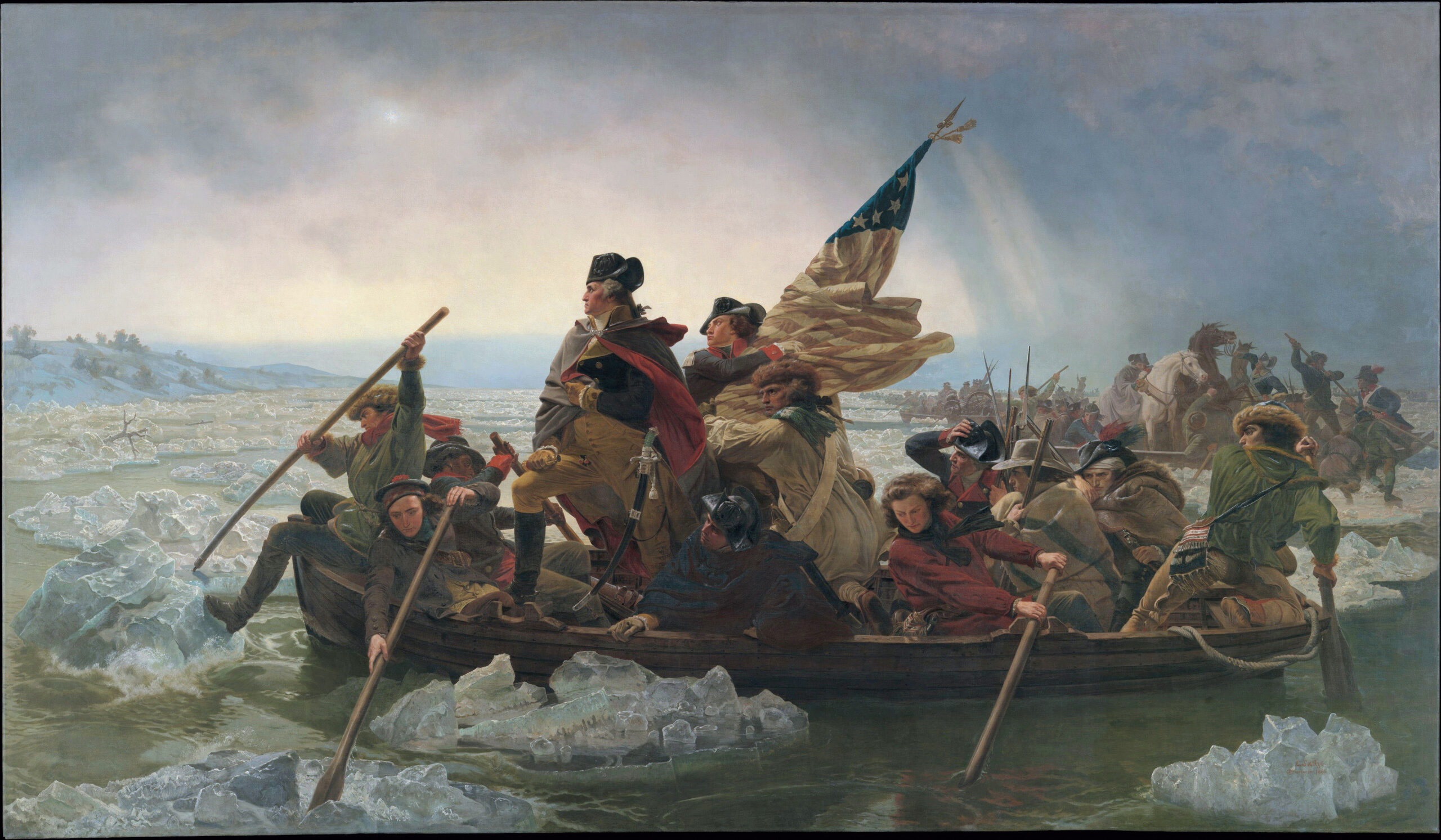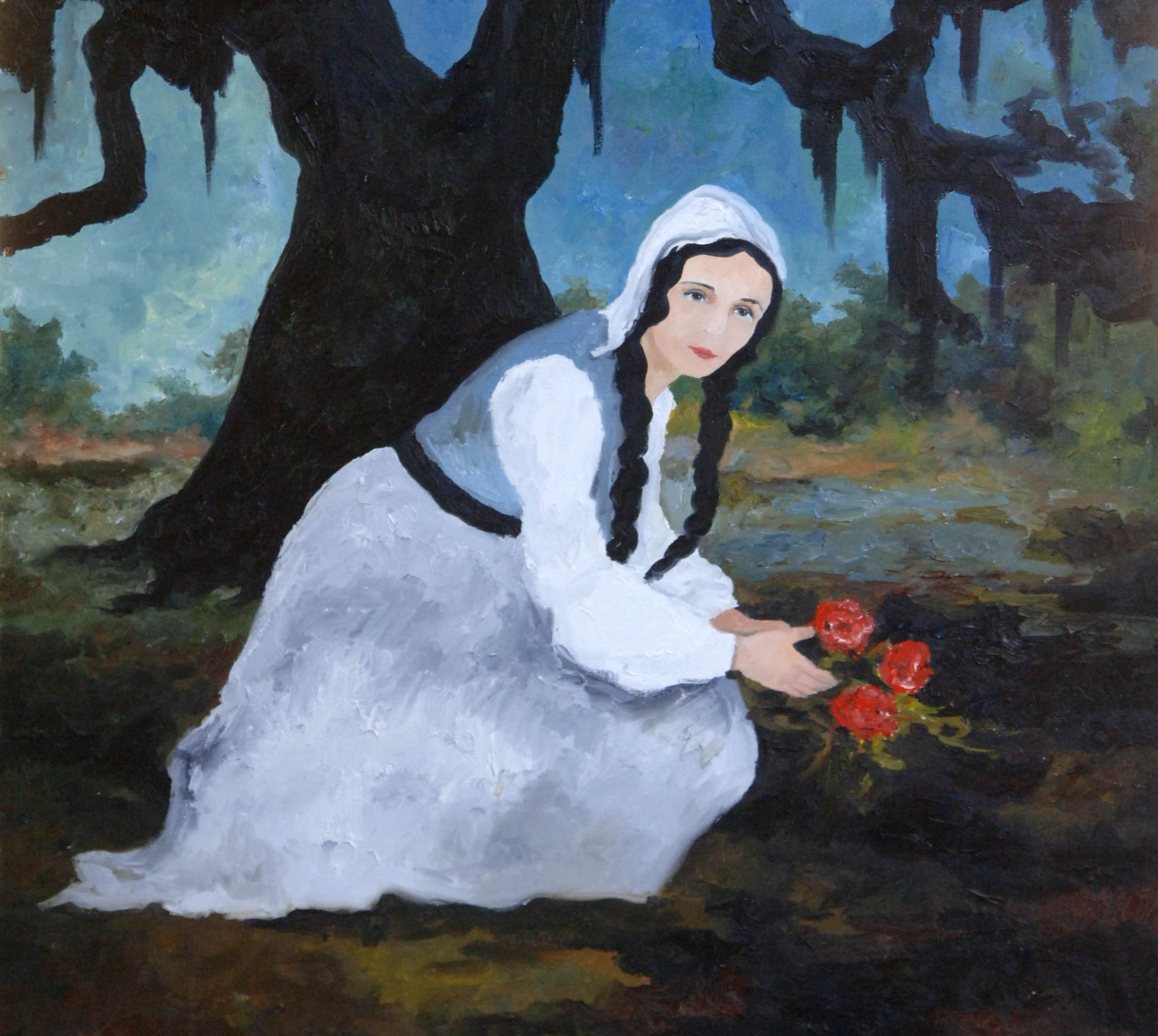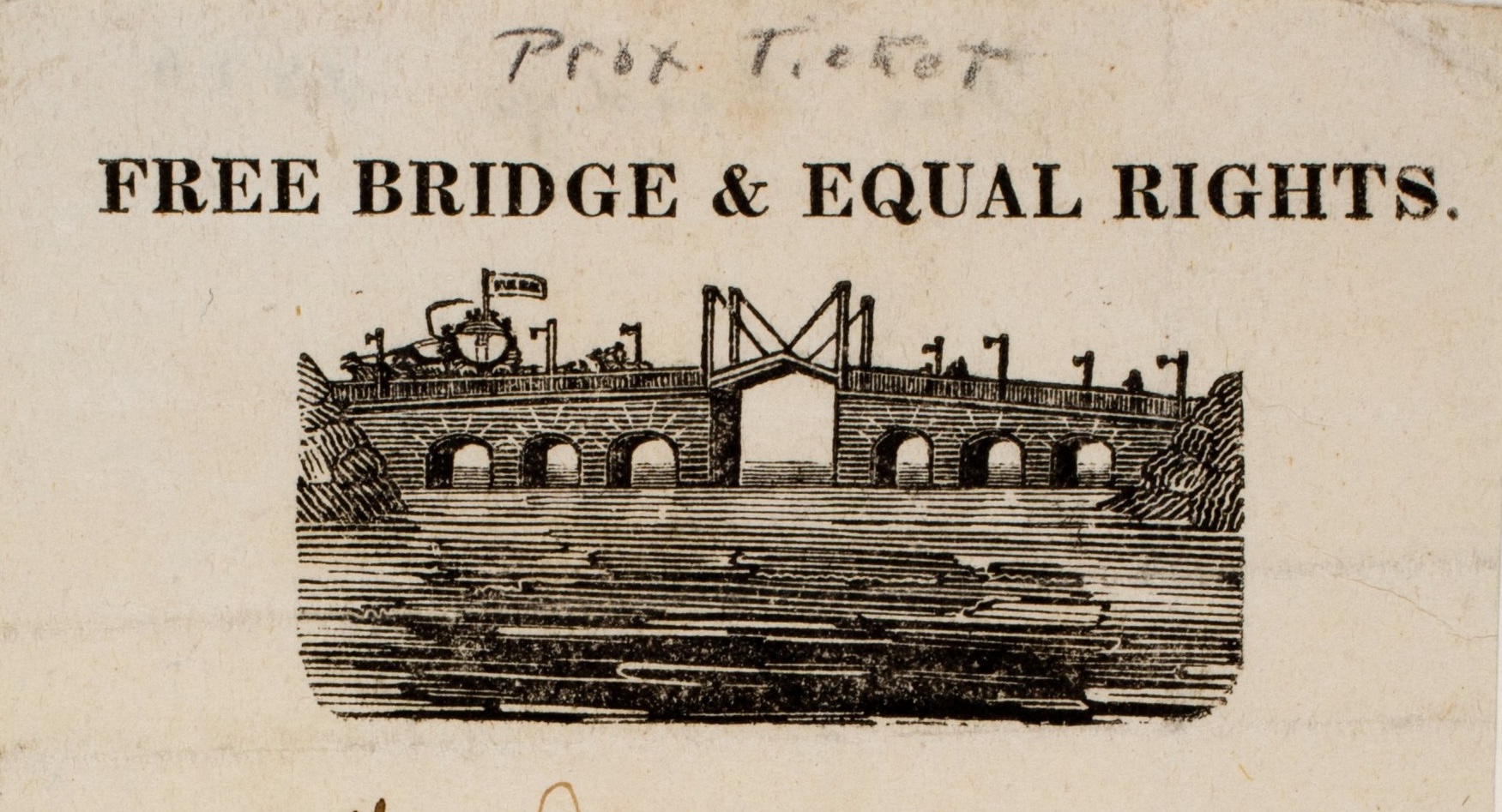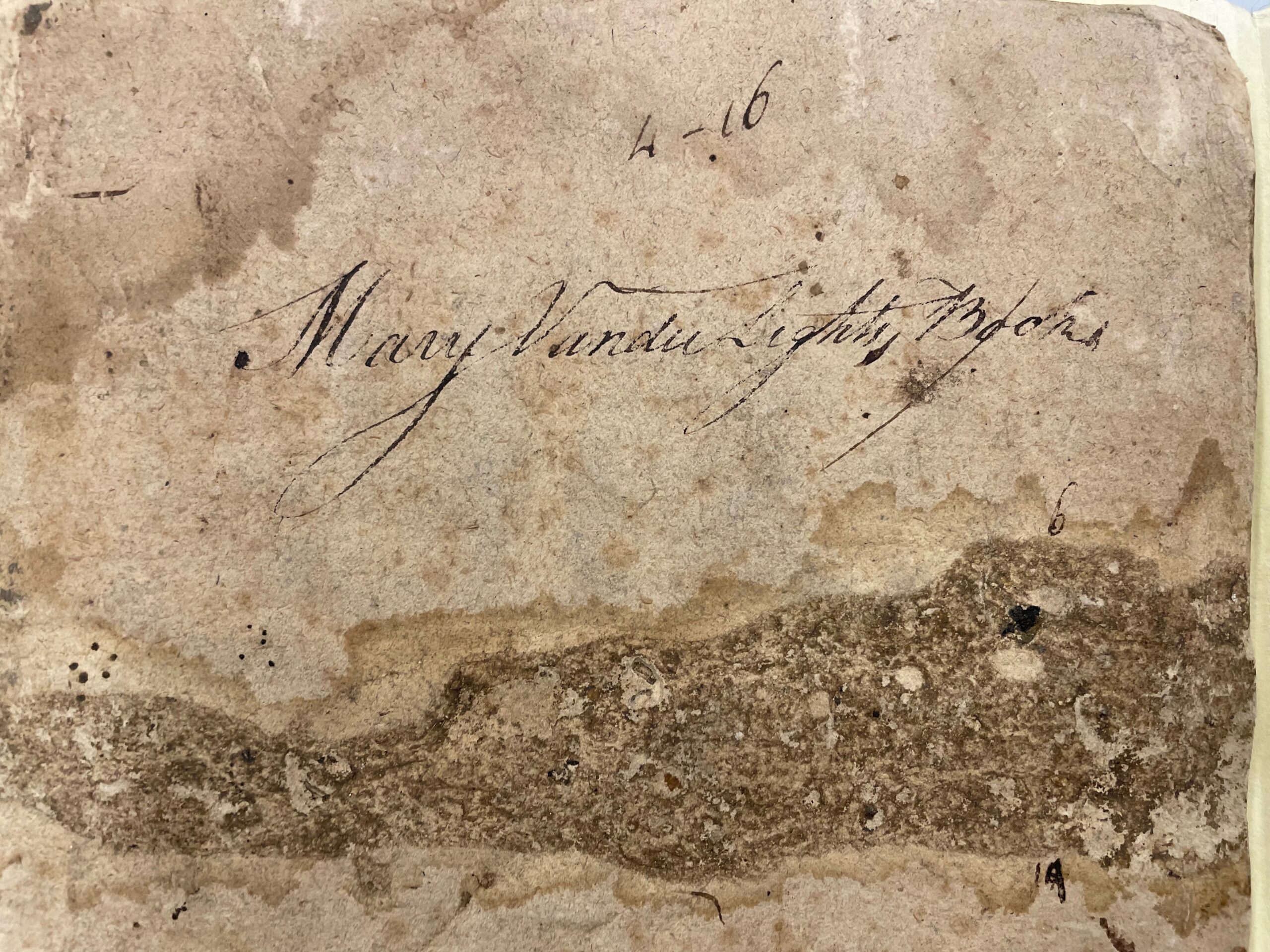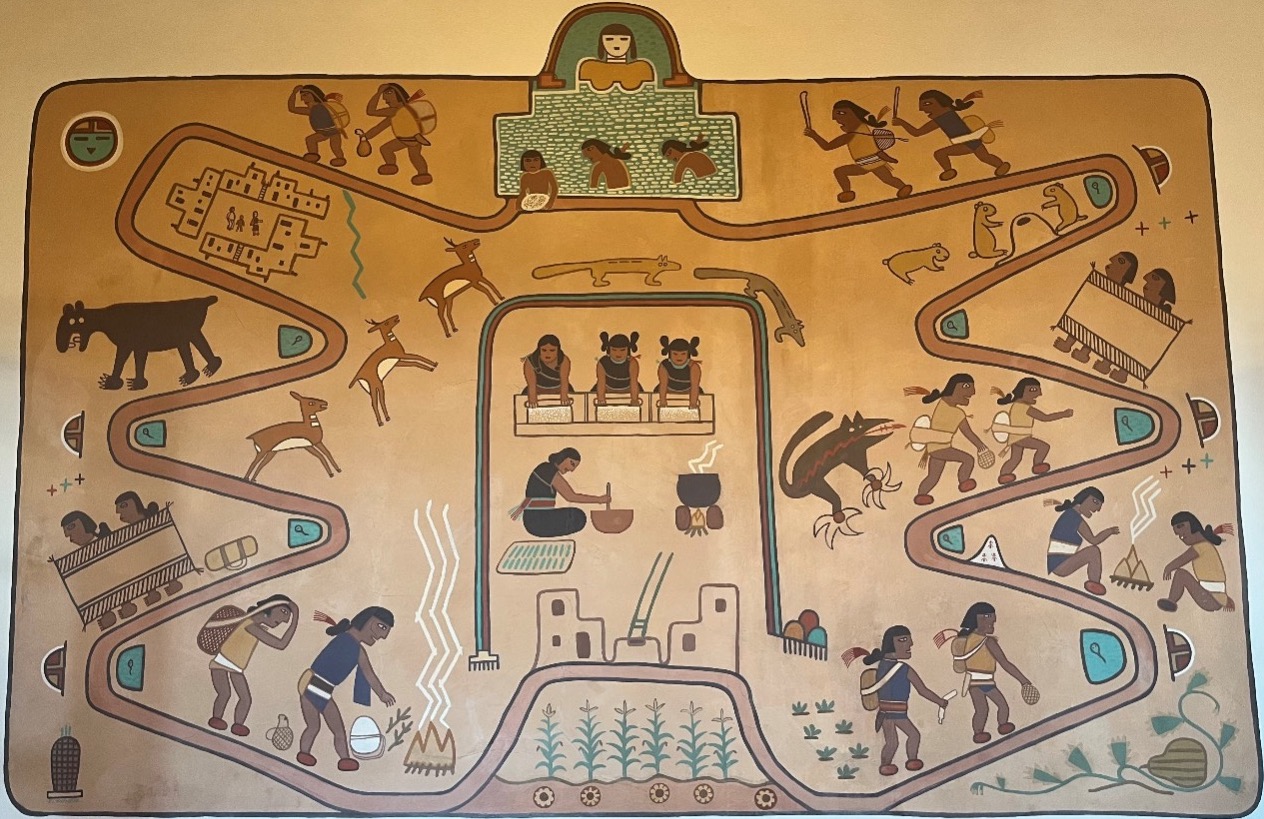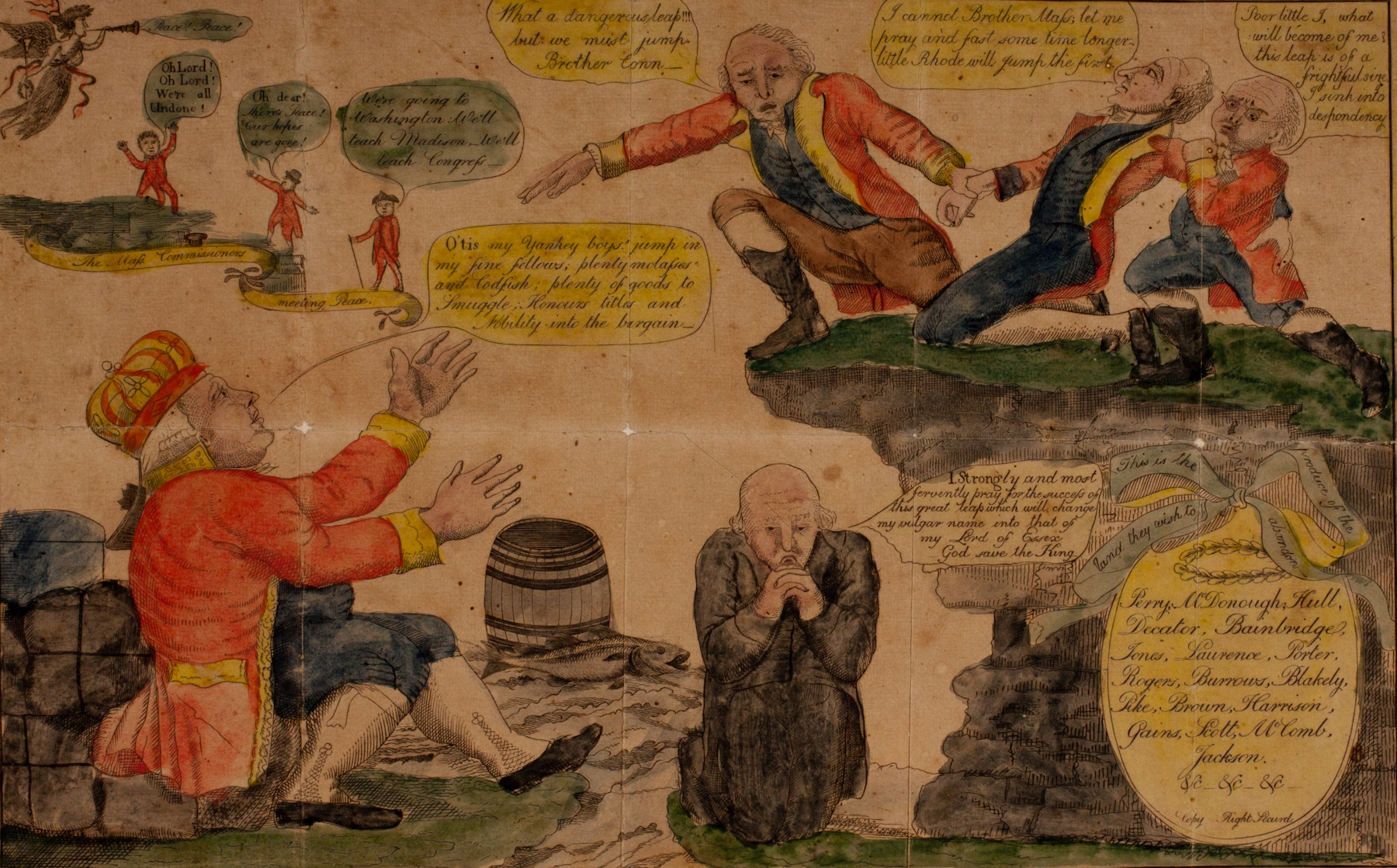Religion is one of the usual suspects that gets rounded up to explain the American Revolution. It looms large for historians mainly because between about 1730 and about 1840—as British North America morphed into the early republic—the same evangelical tsunami that swept parts of the continent of Europe and the British Isles also washed over American shores. Whether Americans went with the flow and welcomed it or tried to fight what looked to them like a reactionary rip-tide has long been subject to debate, but somehow, in some way, everyone got wet. So our suspicions are well-placed that religion—and this surge of evangelical Protestantism in particular—must have shaped the American Revolution.
Efforts to explore this relationship prospered in the late twentieth century. Wonderful studies appeared showing, among other things, how the whig elite borrowed evangelical rituals to drum up support for the resistance to Britain. And how evangelicals earned their chops to defy imperial authority by defying the authority of church establishments, and even their own ministers. And how millennial beliefs in God’s special redemptive designs for the future of America shaped the rebels’ understanding of the war.
But that once so promising analysis of the relationship between religion and the Revolution seems to have sputtered to a halt. I blame—almost entirely—the over-reaching of Jonathan Clark, for whom religion explains everything worth knowing about the long eighteenth century in general and about the American Revolution in particular. To Clark what drove that conflict was “a language of liberty”—a political outlook rooted primarily in the English dissenting tradition—that mobilized colonial sentiment against England and delivered in the American Revolution what he called “the last great war of religion in the western world.” To almost everyone else, that claim was just too super-sized and unsubstantiated to swallow. Maybe that’s what spooked Jon Butler to the point of pronouncing that the American Revolution was “a profoundly secular event.”
But hey: tell that to Tom Paine, who shrewdly cast his electrifying pamphlet Common Sense as a kind of secular sermon. Tell that to the Continental Army officers headed for an assault on British Canada who stopped at a church in Newburyport, Massachusetts, descended to its basement, opened the crypt holding the corpse of the great evangelist George Whitefield, and then cut the cuffs and bands from his rotting clerical garments into little pieces which they took away as talismans. But don’t try telling that to Kate Carté Engel and Ned Landsman, because they’re trying to get our understanding of religion and the Revolution back on track.
Both Kate and Ned draw our attention to the role of the so-called “bishop controversy,” which John Adams believed “contributed as much as any cause, to arouse the attention … of the common people” against British rule. For Ned, it figures as the final battle in “an extended debate about the status of the English church in British provinces,” a vexed question first raised by the union between England and Scotland and one that paralleled and even prefigured some of the political concerns of those who could envision America as the future seat of the British Empire. Here we have a far better supported application of Jonathan Clark’s view that the contention over political and religious subjects was frequently the same conflict carried on at two different levels. Kate comes at the bishop controversy from another angle, viewing it as a crisis that revealed the actual weakness of transatlantic religious networks. Both New Englanders and English dissenters talked the talk of Protestant internationalism and unity, but when the conflict between Britain and the American colonies escalated, they did not walk the walk. Instead, that controversy cleaved that transatlantic community, disabling it from doing much of anything to quell the mounting colonial opposition to the British Empire. Hats off to Kate for an ingeniously perverse argument: in this instance, religion becomes important to the American resistance not because of what it did, but because of what it failed to do.
What I like about both approaches is that they show us that the transatlantic perspective provides an indispensable context for understanding how religion shaped the path to resistance and revolution. Looking at religion on both sides of the Atlantic also raises a question that so far no one has asked: Why did the Revolution make so little difference in terms of the trajectory of the early republic’s religious development?
Now, I know what you’re thinking: No one has asked that question because it’s so dumb. After all, what about the separation of church and state, with its commitment to full religious liberty replacing mere religious toleration? And what about those Calvinist theologians tweaking their doctrine to bring it more into line with republicanism? Well, sure. But if we look beyond constitutions and theology to the religious identities and loyalties of most people and the ways that both were trending, the early republic looks a lot like England. Let me mention only two of the most important similarities.
First, even though a very long revolutionary war interrupted that tsunami of evangelical expansion in the new United States, it welled right up again, more powerful than ever, in the decades following the Revolution. That meant that in the early republic, as in England during the same period, the most rapidly growing religious groups were evangelical in their orientation, and the most successful were populist in their appeal. On both sides of the Atlantic, it was the upstart Methodists who grew by leaps and bounds, and the stunner is that in the United States they even managed to recover from their leaders siding with the Loyalists in the American Revolution. Recent work by Emily Conroy Krutz and Ashley Moreshead also sets forth the many ways that, within those evangelical ranks, the vision of Protestant union endured. Despite the Revolution, even despite the War of 1812, evangelicals, like Kate’s eighteenth-century dissenters, continued to build those “personal, institutional, and textual networks” that bridged the Atlantic. Religious nationalism was growing, but not—at least not yet—at the expense of Protestant internationalism. Second, both England and the United States exhibited an anti-Catholicism even more rabid than its earlier incarnations, and for exactly the same reasons—a combination of immigration from Ireland and the remolding of Protestantism by an evangelical movement that made the animus against Catholics essential to its identity.
These fundamental similarities in the Anglo-American experience raise the question of how much difference, if any, the Revolution actually made in terms of the character of religious life in the early republic. Crucial as religion might be to understanding the resistance and the Revolution, it may well be that the impact of the Revolution on the United States’ subsequent religious development has been overrated—that it’s the dog that doesn’t bark or the gun placed on the mantle during the first act that doesn’t go off at the end of the play. I raise this possibility, at least in part, to match Kate’s perversity, so I would welcome anyone who disagrees to shout Woof! or Bang!
This article originally appeared in issue 14.3 (Spring, 2014).
Christine Leigh Heyrman is the Robert W. and Shirley P. Grimble Professor of American History at the University of Delaware.





